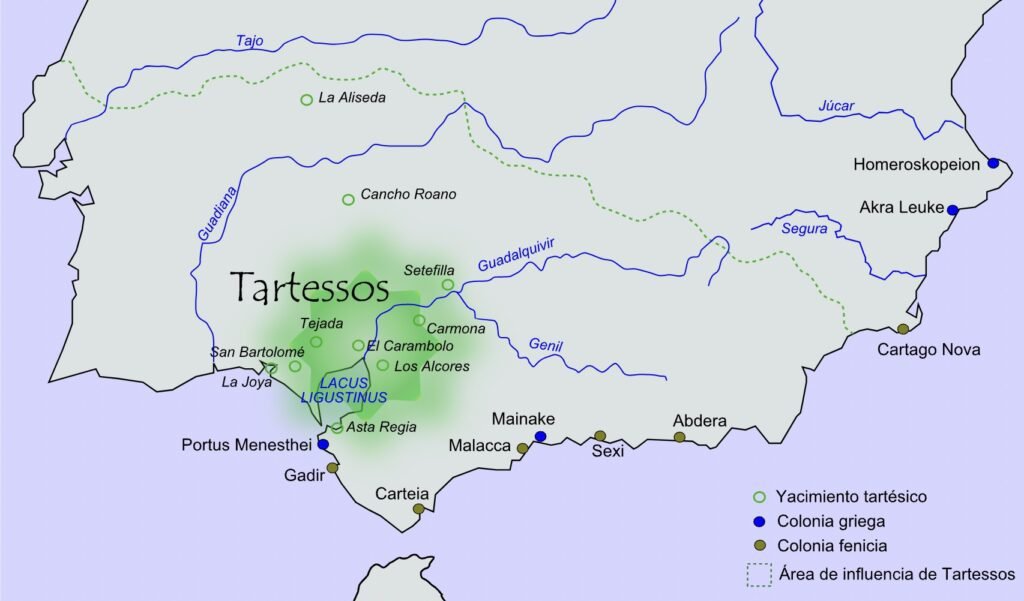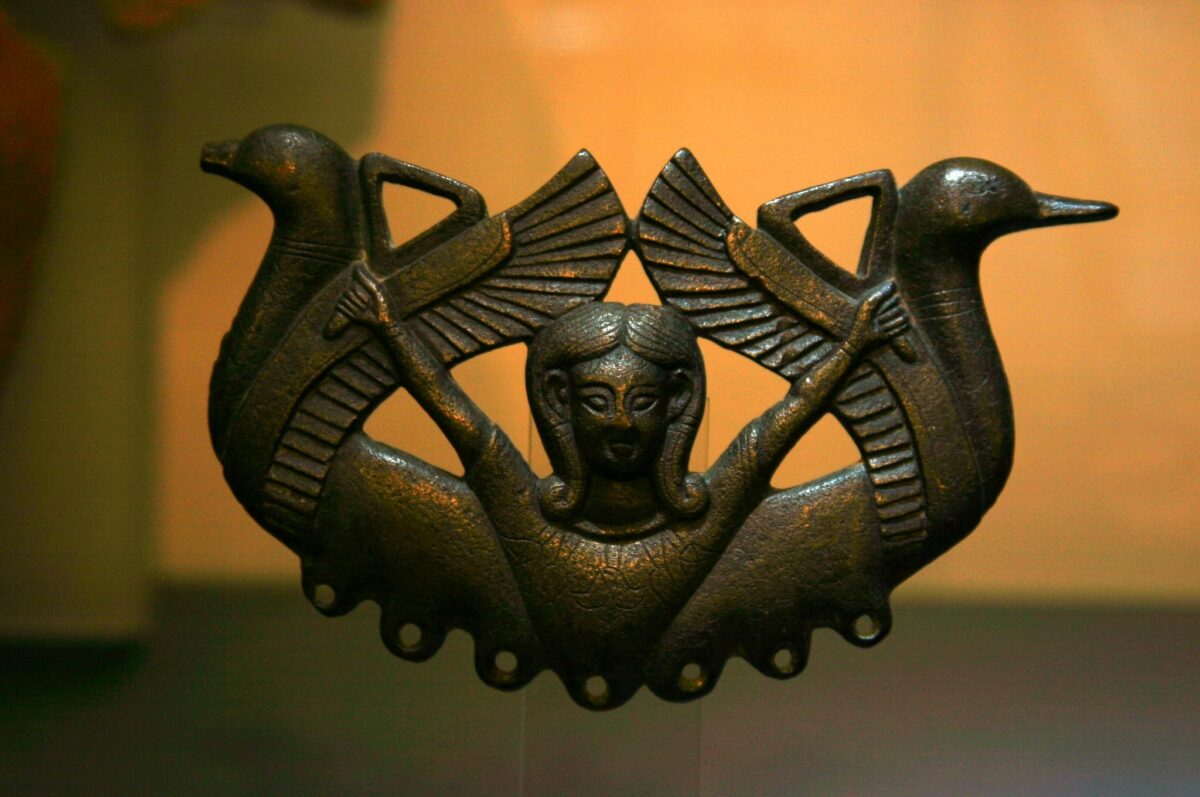The kingdom of Tartessos, plagued by myth and sometimes identified with Atlantis, disappeared 2,500 years ago, but where was its capital?
About 3,000 years ago, something important was happening in Huelva. Greek historians spoke of a city, Tartessos, capital of a kingdom rich in metals. The problem is that until today no one has reached an agreement on where that city is.
For many historians and archaeologists, Tartessos was a kingdom, organized around a city, between the 12th and 5th centuries BC For others, Tartessos was a river (present-day Guadalquivir), a gulf or a mountain. The kingdom suddenly disappeared 2,500 years ago, leading some to speculate that it was the mythical Atlantis. Reality, as always, is more prosaic, but at the same time more fascinating.

Tartessos appears in the Massaliot Periplus, a 6th-century BC Greek manual for seafarers and traders that describes the route between Massalia (present-day Marseille) and the British Isles, and what can be encountered along the way. The book has been lost, but it has come down to us through an adaptation that the Roman historian Amienus wrote in the 4th century AD. There you can read:
Here is the city of Gadir, formerly called Tartessus. Here are the Pillars of the tenacious Hercules, Abyl and Calp (this one is on the left of the said territory; that one, near Libya): they resound under the strong north, but they hold firm in their location.
For Amienus Tartessos it was present-day Cádiz, but other data from texts by ancient historians indicate that the kingdom of Tartessos was in the province of Huelva. The problem is that the city’s ruins have disappeared, fueling the myth.
Gadir was a Phoenician settlement, and the Phoenicians referred to it as “their city in Tartessos”, which certainly led to confusion. More recently, the thesis has been formulated that the core of Tartessian civilization could be in the Strait of Gibraltar region, on a river island in the now-dry lagoon of La Janda.
metal kingdom
The history and myths of the Tartessos culture indicate that it was a civilization dedicated to trade, especially in the metals extracted from its mines: gold, silver, copper and tin.
In fact, this is what you can find in the Tinto River, one of the most important in Huelva, which gets its name because of the color of its waters, saturated with minerals. Even in the Bible there is a reference to the metals of tarshish in the book of Solomon, although it is now believed that it could be a similar name for a port on the Red Sea.
Although the ruins of a great capital have not been found, and myths abound, in Spain there are very real traces of this merchant civilization. In 1958, in the city of Camas, in Seville, 21 gold pieces were found on the Carambolo hill.
Treasure of El Carambolo / Wikimedia Commons
The Carambolo treasure appears to be a single person’s trousseau, and although the gold was of local origin, the style was influenced by that of other Phoenician jewels, which confirms the commercial relationships between the Tartessos and other Mediterranean peoples.
Archaeologist José María Luzón was the first to identify Tartessos with the region of present-day Huelva. In addition to the gold from El Carambolo, hundreds of artifacts have been discovered in the La Joya necropolis and Cerro Salomón in Huelva. Excavations have found Tartessian remains ranging from Cancho Roano in Badajoz, Extremadura to Asta Regia in Cádiz.
It is assumed that in its time of maximum splendor, Tartessos extended from the Algarve in southern Portugal to the Vinalopó river in Alicante, under the reign of the Tartesian king Argantonio, a monarch (royal, there are others that are mythical), who reigned over 100 years, which suggests it was a dynasty rather than a single person.
Let’s try to suddenly disappear in the 5th century BC At the Battle of Alalia in 535 BC, the Greeks were defeated by a coalition of Carthaginians and Etruscans. Historians think that Tartessos was left without a major trading ally, and that the decline of this great kingdom was more akin to a stock market crash than a warlike apocalypse.
The time for the Carthaginian domination of the Mediterranean had arrived, but they could not enjoy it for long. In a few centuries, the Roman Empire would take everything from them and conquer all of Hispania. But that’s another story.
Science of Quo Travel Section sponsored by hyundai

